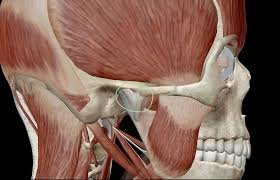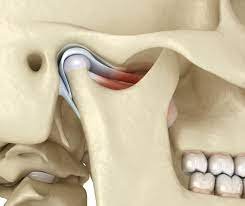TMJ Pain & Dysfunction
What is TMJ Pain?
Temporomandibular Joint (TMJ) dysfunction involves pain and altered or impaired function in the jaw joint and surrounding muscles, affecting activities like chewing, speaking, and facial expressions.
Common Presentations
Pain or tenderness in the jaw, face, ear, or neck
Clicking, popping, or grinding sounds when opening or closing the mouth
Restricted jaw movement or locking of the jaw
Headaches or facial discomfort
Common Causes
Muscular tension and stress-related habits such as clenching or grinding (brixism)
Joint degeneration (such are osteoarthritis)
Disc displacement or malalignment
Trauma or injury to the jaw
Sustained postures that may affect jaw use and tension
Prognosis
Most cases of TMJ pain are managed effectively with conservative treatments. Prognosis is generally good, although persistent symptoms may require multidisciplinary care.
Muscular TMJ Dysfunction
Primarily involves muscle pain or spasm, typically associated with stress or habitual clenching and grinding
Types of TMJ Dysfunction
Joint-Related TMJ Dysfunction
Involved the actual joint structures, including disc displacement, inflammation, or arthritis.
Assessing Back Pain
Clinical assessment typically involves:
Detailed clinical history
Physical examination focusing on neck mobility, muscle strength, and neurological function
Imaging studies, if indicated (X-rays, MRI)
Evaluation of biopsychosocial factors influencing pain
Evidence-Based Management
Management strategies supported by current clinical evidence include:
Physical Therapy and Exercises: Specific neck exercises, strengthening, and mobility routines.
Manual Therapy: Techniques such as mobilisation and soft-tissue therapy.
Patient Education: Information about occupational factors, ergonomic modifications, and reassurance.
Psychological Interventions: Cognitive-behavioural therapy for persistent pain.
Medication: Limited short-term use of analgesics and anti-inflammatories, as per guidelines.
Multidisciplinary Care: Collaborative approach with allied health professionals, when indicated.





